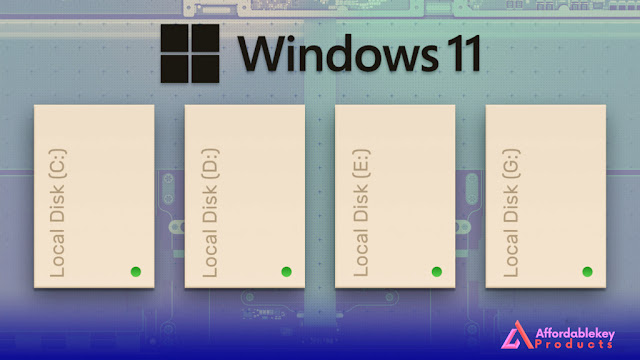An Evolutionary Leap in the World of Operating Systems
In the dynamic world of technology, operating systems play a vital role in shaping our digital experiences. With each new iteration, they strive to offer improved functionality, enhanced user interfaces, and optimized performance. Windows, the flagship operating system from Microsoft, has been a constant presence in our lives for decades. As we bid farewell to Windows 10, a new chapter begins with the arrival of Windows 11. In this blog post, we will delve into the significant differences between Windows 11 and its predecessors, highlighting the features that make it a noteworthy and exciting upgrade.
Redesigned User Interface:
Windows 11 introduces a fresh and visually appealing user interface that prioritizes simplicity, elegance, and productivity. The centered Start menu, taskbar icons, and streamlined system tray contribute to a more centered and immersive experience. The rounded corners and subtle animations bring a touch of modernity, while the new Snap Layouts and Snap Groups features enhance multitasking capabilities.
Start Menu and Taskbar Overhaul:
The Start menu has undergone a substantial redesign in Windows 11. It now resides at the center of the screen, providing a clean and uncluttered look. The Live Tiles have been replaced with static icons, offering a simplified and customizable Start experience. The taskbar is also centered by default, with the option to move it to the left if desired. The refreshed taskbar features a new system tray and a more intuitive notification center.
Enhanced Multitasking:
Windows 11 focuses on empowering users to multitask seamlessly. Snap Layouts allow for effortless window management, enabling users to organize and optimize their workspace. Snap Groups remember and restore your app layouts, making it easier to pick up where you left off. Furthermore, the introduction of virtual desktops has been improved, allowing users to create separate desktops for different work environments or projects.
Microsoft Store Revamp:
Windows 11 brings a complete overhaul to the Microsoft Store, addressing the long-standing criticism of its limited app offerings. With a new, open architecture supporting both traditional Win32 apps and progressive web apps (PWAs), the Microsoft Store now provides a wider range of applications for users. Additionally, the redesigned store interface offers a more user-friendly and visually appealing browsing experience.
Gaming Enhancements:
Gamers will find several notable improvements in Windows 11. The new DirectStorage feature enables faster loading times by leveraging the capabilities of modern NVMe SSDs. Auto HDR (High Dynamic Range) automatically enhances the visual quality of compatible games, making colors more vibrant and details more pronounced. Furthermore, Windows 11 introduces the Xbox app, integrating Xbox features and services directly into the operating system.
Performance Optimization:
Windows 11 is designed to optimize performance and efficiency. The new OS boasts faster boot times, quicker wake-from-sleep capabilities, and improved power management. With a focus on resource allocation, Windows 11 aims to provide a smoother and more responsive experience for users across a wide range of hardware configurations.
Integration with Microsoft Teams:
Windows 11 integrates Microsoft Teams directly into the taskbar, making it easier than ever to communicate and collaborate with friends, family, and colleagues. Users can initiate voice or video calls, send messages, and share screens seamlessly, fostering a more connected and productive environment.
Compatibility and System Requirements:
Windows 11 introduces updated system requirements compared to its predecessors. It places a greater emphasis on hardware capabilities, such as requiring a compatible 64-bit processor, 4 GB of RAM, and 64 GB of storage. While this may limit compatibility on older devices, the new requirements ensure that Windows 11 can take full advantage of modern hardware advancements.
Conclusion:
Windows 11 represents a significant leap forward in the world of operating systems, introducing a refreshed user interface, enhanced productivity features, and optimized performance. With its redesigned Start menu, improved multitasking capabilities revamped Microsoft Store, and gaming enhancements, Windows 11 offers a compelling upgrade for both casual users and professionals alike. While the new system requirements may limit immediate adoption for some, Windows 11 sets the stage for a more streamlined and immersive computing experience, shaping the way we interact with our digital devices for years to come.



%20product%20keys_.jpg)


